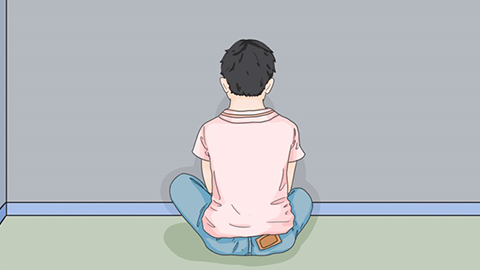What should be done if a teenager with autism refuses to leave the house?
In general, adolescents with autism spectrum disorder may avoid going outside due to reasons such as sensory overload, social communication difficulties, comorbid anxiety disorders,叠加 depressive symptoms, or comorbid obsessive-compulsive disorder (OCD). It is recommended to seek medical help promptly, identify the underlying causes, and then improve the condition through general interventions, medication, and other treatments under medical guidance. Specific analyses are as follows:

1. Sensory Overload: Excessive external stimuli such as light and sound may exceed the adolescent's tolerance threshold, leading them to stay indoors to alleviate discomfort. Gradually expand activity range from within the home—for example, start by spending time on the balcony—while using assistive tools like noise-canceling headphones and tinted sunglasses to progressively reduce the intensity of sensory input.
2. Social Communication Difficulties: A lack of social skills can easily lead to feelings of frustration, prompting the adolescent to avoid going out in order to evade interpersonal interactions. Build communication bridges using topics of interest to the adolescent, such as playing their favorite games together, then gradually guide them toward simple conversations with familiar family members or friends to build social confidence.
3. Comorbid Anxiety Disorder: Going outside may trigger intense anxiety, manifesting as palpitations or crying, ultimately resulting in refusal to leave the house. Follow medical advice to use medications such as buspirone hydrochloride tablets, tandospirone citrate capsules, or lorazepam tablets, combined with graduated exposure therapy—starting with brief stays near the front door and gradually progressing outward.
4. Depressive Symptoms: Prolonged staying indoors may lead to low mood, creating a vicious cycle of not going out → worsening mood. Under medical supervision, medications such as sertraline hydrochloride tablets, fluoxetine hydrochloride capsules, or fluvoxamine maleate tablets may be used, while engaging in enjoyable activities such as drawing or music to stimulate positive emotions.
5. Comorbid Obsessive-Compulsive Disorder: Driven by obsessive thoughts, the adolescent may believe that going outside is dangerous and may repeatedly check for safety before still refusing to go out. Medications such as clomipramine tablets, sertraline tablets, or fluvoxamine tablets may be used under medical guidance, along with exposure and response prevention therapy, to gradually break the pattern of compulsive behaviors.
In daily life, create an inclusive family environment and avoid forcing the adolescent to go outside, which may provoke resistance. Establish a regular daily routine and incorporate outdoor activities into everyday plans—such as going downstairs at a fixed time to pick up packages. Provide frequent encouragement and affirmation, allowing the adolescent to gradually adapt to going outdoors within a sense of safety.




